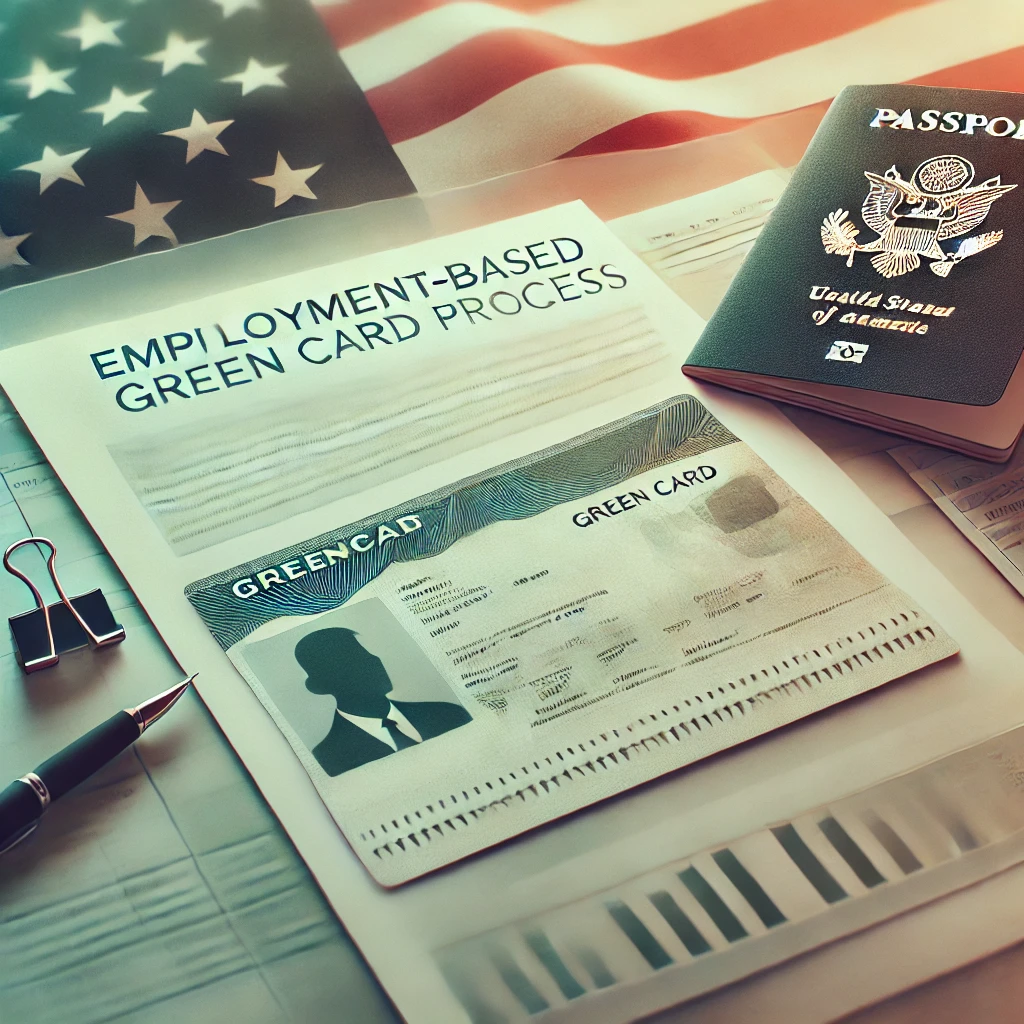
Steps to Becoming a U.S. Citizen: A Detailed Guide to Naturalization
Navigating the pathway to becoming a U.S. citizen involves understanding and following a series of steps designed to ensure that all applicants meet the necessary requirements. This comprehensive guide will provide you with detailed information on the naturalization process, from the initial application to the final oath ceremony.
1. Determine Your Eligibility
Before beginning the naturalization process, it’s crucial to determine whether you meet the eligibility criteria. Generally, you must:
- Be at least 18 years old.
- Have been a lawful permanent resident for at least 5 years (or 3 years if married to a U.S. citizen).
- Have continuous residence and physical presence in the United States.
- Demonstrate good moral character.
- Have basic knowledge of U.S. history and government.
- Be able to read, write, and speak basic English.
Exceptions and special circumstances may apply, so it’s important to review the specific eligibility requirements for your situation.
2. Prepare Form N-400
Form N-400, Application for Naturalization, is the primary document required for the naturalization process. This form collects detailed information about your background, residency, and moral character. Ensure you complete this form accurately and thoroughly to avoid delays in processing.
3. Gather Supporting Documents
Along with Form N-400, you will need to submit several supporting documents. These may include:
- A copy of your Permanent Resident Card (Green Card).
- Two passport-style photographs.
- Documentation of your current marital status (e.g., marriage certificate, divorce decree).
- Proof of your residence and physical presence in the U.S. (e.g., lease agreements, utility bills).
- Evidence of your knowledge of English and U.S. civics (e.g., school records, test results).
Ensure all documents are current and correctly formatted to meet the requirements.
4. Submit Your Application
Once you have completed Form N-400 and gathered the necessary supporting documents, you can submit your application. There are two primary methods for submission:
- Online: Create an account on the U.S. Citizenship and Immigration Services (USCIS) website and submit your application electronically.
- By Mail: Send your application and supporting documents to the appropriate USCIS Lockbox Facility.
Remember to include the required filing fee with your application. Fee waivers may be available for those who qualify.
5. Attend the Biometrics Appointment
After submitting your application, you will receive a notice for a biometrics appointment. During this appointment, USCIS will collect your fingerprints, photograph, and signature. This information is used to conduct a background check and verify your identity.
6. Complete the Interview
The naturalization interview is a critical step in the process. During the interview, a USCIS officer will review your application and ask questions about your background and character. You will also be tested on your knowledge of English and U.S. civics unless you qualify for an exemption or waiver.
To prepare for the interview, study the U.S. Citizenship and Immigration Services (USCIS) study materials, and practice speaking English. Arrive at the interview with all necessary documents and be ready to answer questions truthfully and accurately.
7. Receive a Decision
After your interview, USCIS will notify you of their decision in writing. There are three possible outcomes:
- Approval: If your application is approved, you will receive a notice to take the Oath of Allegiance.
- Continued: If more information is needed or additional documentation is required, your case may be continued, and you will be given instructions on how to proceed.
- Denial: If your application is denied, you will receive a written explanation of the reasons for the denial and information on how to appeal the decision if you choose to do so.
8. Take the Oath of Allegiance
The final step in the naturalization process is taking the Oath of Allegiance at a naturalization ceremony. This ceremony may be scheduled on the same day as your interview or at a later date. During the ceremony, you will pledge your allegiance to the United States, and upon taking the oath, you will officially become a U.S. citizen.
You will receive your Certificate of Naturalization as proof of your new status. Keep this document in a safe place, as it is your primary evidence of U.S. citizenship.
Conclusion
The journey to U.S. citizenship through naturalization is a rewarding process that requires careful preparation and adherence to the established guidelines. By following the steps outlined in this guide, you can navigate the path to citizenship with confidence and clarity. For personalized assistance and advice, consider consulting with a qualified immigration law professional to ensure all aspects of your application are correctly handled.
How Immigration Policy Changes Affect Naturalization
Immigration policy changes significantly affect the naturalization process, shaping the journey for immigrants aspiring to become U.S. citizens. These changes…
Process for Sponsoring a Spouse for U.S. Immigration
Bringing a spouse to the United States through immigration sponsorship is a multi-step process that requires careful planning and attention…
How to Apply for Asylum in the United States: Essential Information
If you need to apply for asylum in the United States, understanding the process is crucial. Asylum offers protection to…
Key Steps in the Employment-Based Green Card Process
Securing permanent residency in the United States through employment is a significant yet complex process. This guide offers a clear…
Steps to Becoming a U.S. Citizen: A Detailed Guide to US Naturalization Process
Steps to Becoming a U.S. Citizen: A Detailed Guide to Naturalization Navigating the pathway to becoming a U.S. citizen involves…





